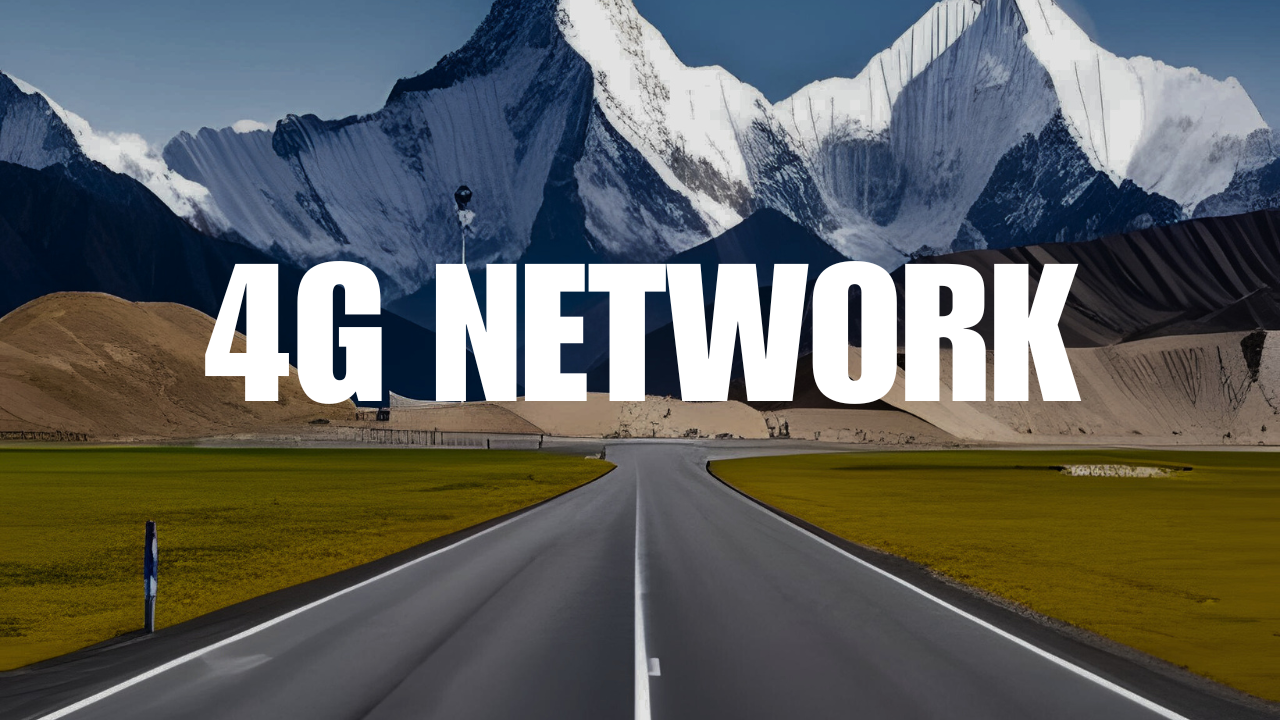Introduction of 4G Networks
The fourth generation of mobile telecommunications technology, known as 4G Network, offers faster internet speeds and more reliable connections compared to previous generations. This advancement enables various exciting applications such as high-definition video streaming, mobile gaming, and data-intensive activities.
Key Features of 4G Networks:
4G networks have increased capacity, allowing them to handle multiple devices simultaneously without experiencing slowdowns or dropped connections. Moreover, they offer significantly faster internet speeds, reaching up to 100 Mbps for downloads, compared to the typical 3-4 Mbps speeds of 3G networks.
Different Technologies:
Two commonly used technologies for implementing 4G networks are LTE (Long-Term Evolution) and WiMAX (Worldwide Interoperability for Microwave Access). LTE, based on the widely used GSM standard, utilizes Orthogonal Frequency Division Multiplexing (OFDM) to divide the bandwidth into smaller channels, resulting in faster speeds and reliable connections. WiMAX, on the other hand, uses IEEE 802.16 standard and Orthogonal Frequency Division Multiple Access (OFDMA) to efficiently utilize available bandwidth.
4G Network in Nepal:
4G networks were introduced in Nepal in 2016, and their adoption has been rapidly increasing due to the demand for faster internet speeds and reliable connections. Majority of the population, especially in urban areas, now have access to 4G. The government aims to provide 4G coverage to all 75 districts of Nepal by the end of 2021. Nepal Telecom, Ncell, and Smart Telecom are major telecom operators offering 4G services, while UTL Nepal is planning to launch its own 4G services soon. However, challenges such as infrastructure limitations and high device taxes hinder internet service providers from delivering fast and reliable internet speeds.
4G Phones:
A 4G phone is a mobile device capable of connecting to a 4G network. These phones offer faster internet speeds and more reliable connections compared to previous generations. Most smartphones produced in recent years are 4G-compatible, but it's advisable to check the specifications or consult the manufacturer. 4G phones allow for a range of features including high-definition video streaming, mobile gaming, and data-intensive applications. They also have larger capacity, enabling more simultaneous connections and faster download speeds.
5G Network in Nepal:
As of now, 5G networks have not been rolled out in Nepal. Mobile operators have announced plans to launch 5G services in the future, but specific timelines and licenses are yet to be confirmed. The government has shown interest in introducing 5G technology, and necessary regulations and guidelines are being worked on. Challenges such as infrastructure limitations, high device taxes, and the need for skilled human resources pose obstacles to the rollout of 5G networks in Nepal.
Activating 4G:
Activating 4G on your phone involves simple steps: checking if your phone is 4G-compatible, verifying if your carrier offers 4G service in your area, ensuring the proper insertion of the SIM card, updating your phone's software, turning on your phone, accessing the phone's settings, selecting the "Mobile Network" or "Cellular Network" setting, choosing the "4G" or "LTE" option, waiting for your phone to connect to the 4G network, and confirming that 4G is enabled. Note that the steps may vary depending on your phone's make and model.
Conclusion
4G networks are currently operational in Nepal, but improvements are needed in some areas. The government's efforts for 5G deployment are underway, and it is hoped that both 4G and 5G technologies will enhance internet experiences for the people of Nepal in the near future.


